Seventeenth-century Dutch settlers helped ensure that Gingerbread cookies would become one of the quintessential holiday cookies in the U.S. elsewhere in the world, a wide array of stamped, cut or otherwise shaped festive treats help celebrate various holidays with aromatic spices, rich fillings and elaborate designs considered too indulgent the rest of the year. Here’s a sampling:
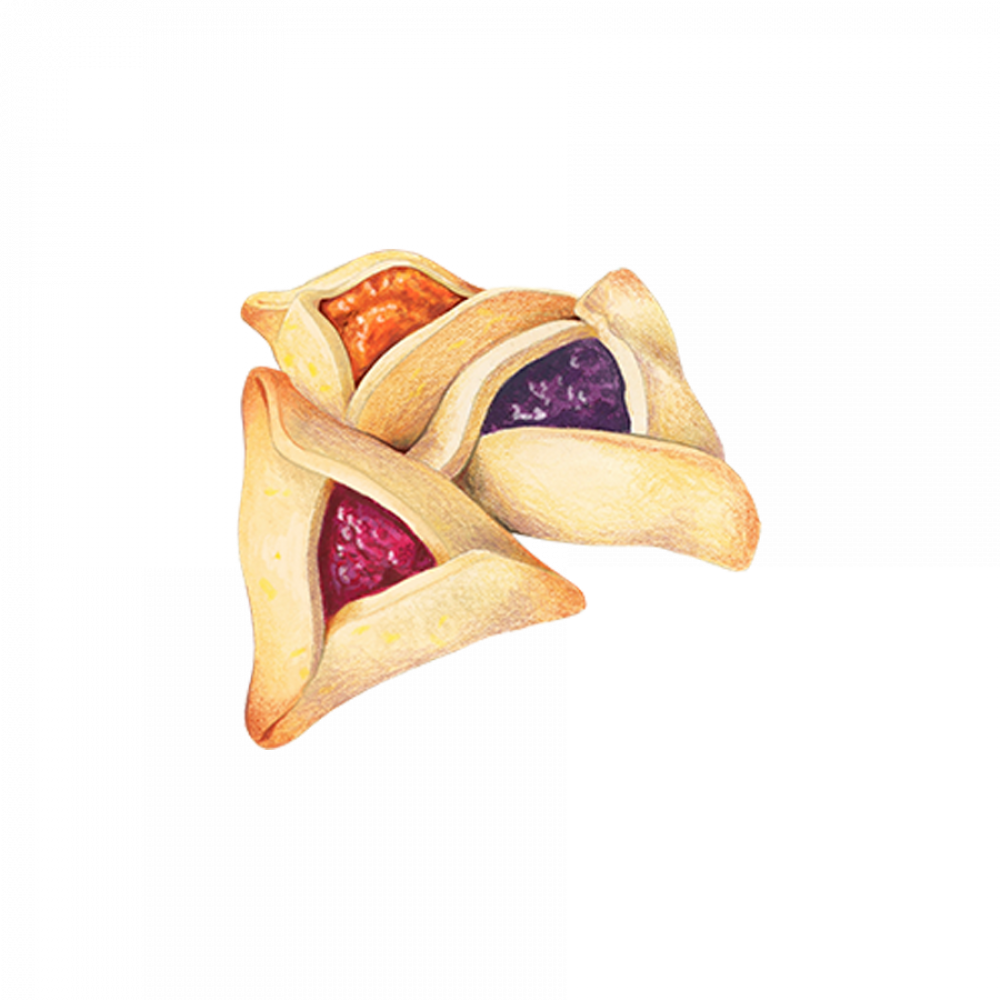
HAMANTASCHEN
Triangular hamantaschen are served for Purim, which commemorates the Jews’ triumph over Haman in the Book of Esther—though legends about their shape mimicking the tyrant’s hat or ears are likely untrue. The dough can be made with yeast or baking powder, leading to a variety of traditional textures. Most importantly, the dough is rolled out, cut and folded over a sweet filling. Historically, it was poppy seeds or prunes, but today nuts, fruit jams or caramel are just as common.
SPRINGERLE
Shaped using an intricately carved rolling pin, these cookies from southern Germany most often are made as holiday gifts. Using baker’s ammonia in the low-moisture dough—which otherwise has only eggs, sugar, salt, anise and no fat—helps create a porous crumb with a more delicate texture. To help the cookies retain their shape and design, the stamped, raw dough is air-dried for 24 hours before being baked. It also helps them develop a crunchy exterior and a chewy center.
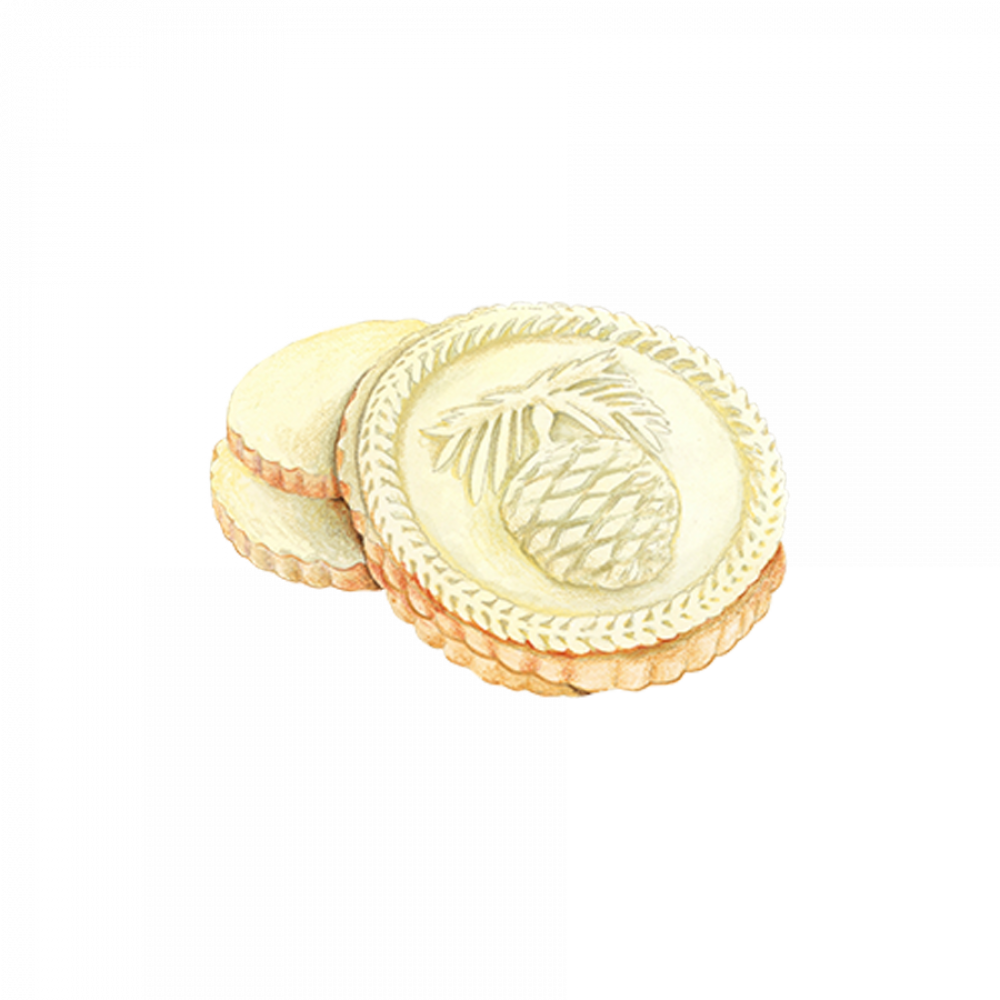
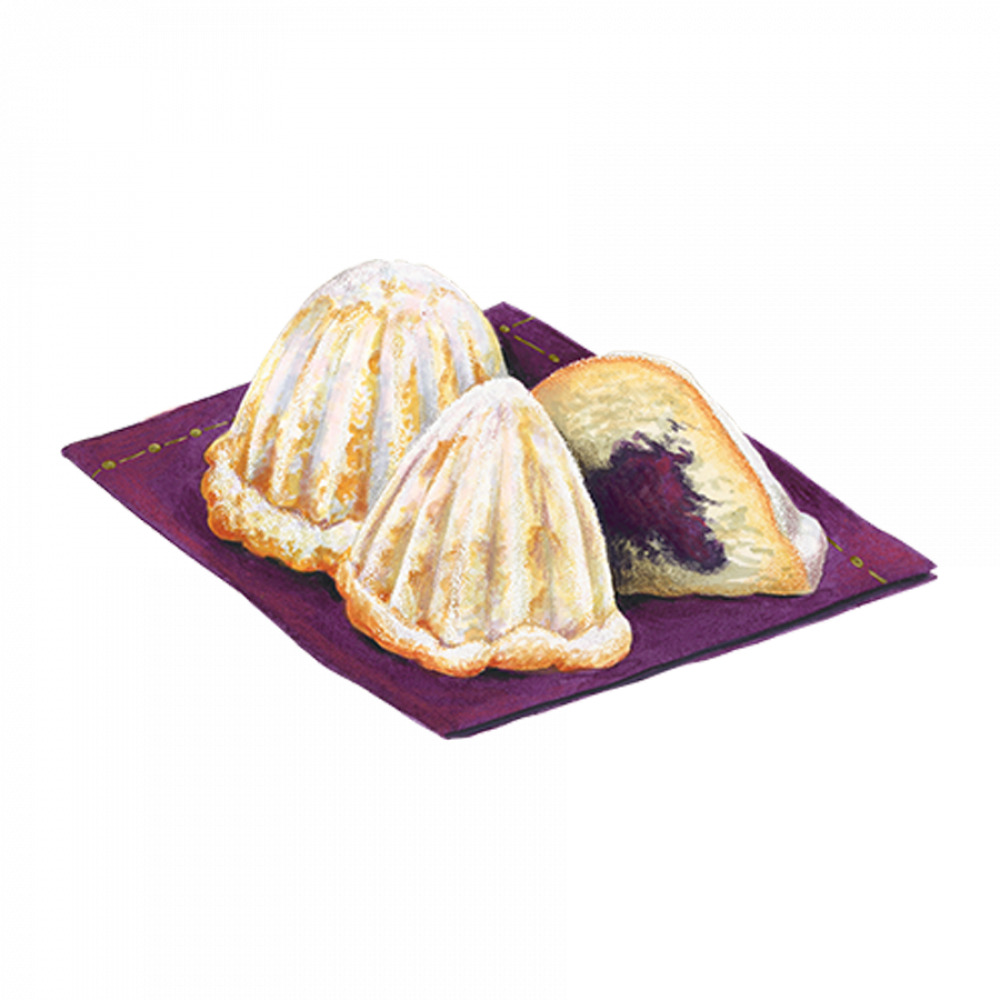
KAHK
These sandy cookies, made for Eid at the end of Ramadan, are shaped with tweezers and dusted with powdered sugar, but the real surprise is inside. A barely sweetened dough is stuffed with date paste, Turkish delights, pistachios or agameya, a mix of ghee, honey and sesame seeds. Traditional recipes also usually call for “kahk essence,” a spice blend that can include ground fennel, anise, black tea and mahlab, which is made from the ground pits of a variety of cherry.
BEFANINI
These soft, cutout shortbread cookies from Italy, common in Tuscany, are flavored with aniseed or rum and are decorated with colorful sprinkles. They take their name from Befana, a friendly witch who delivers treats to good children on the morning of January 6, the Epiphany. Bad children get lumps of coal, represented by another Italian holiday treat, carbone dolce della Befana, or sweet coal of Befana.
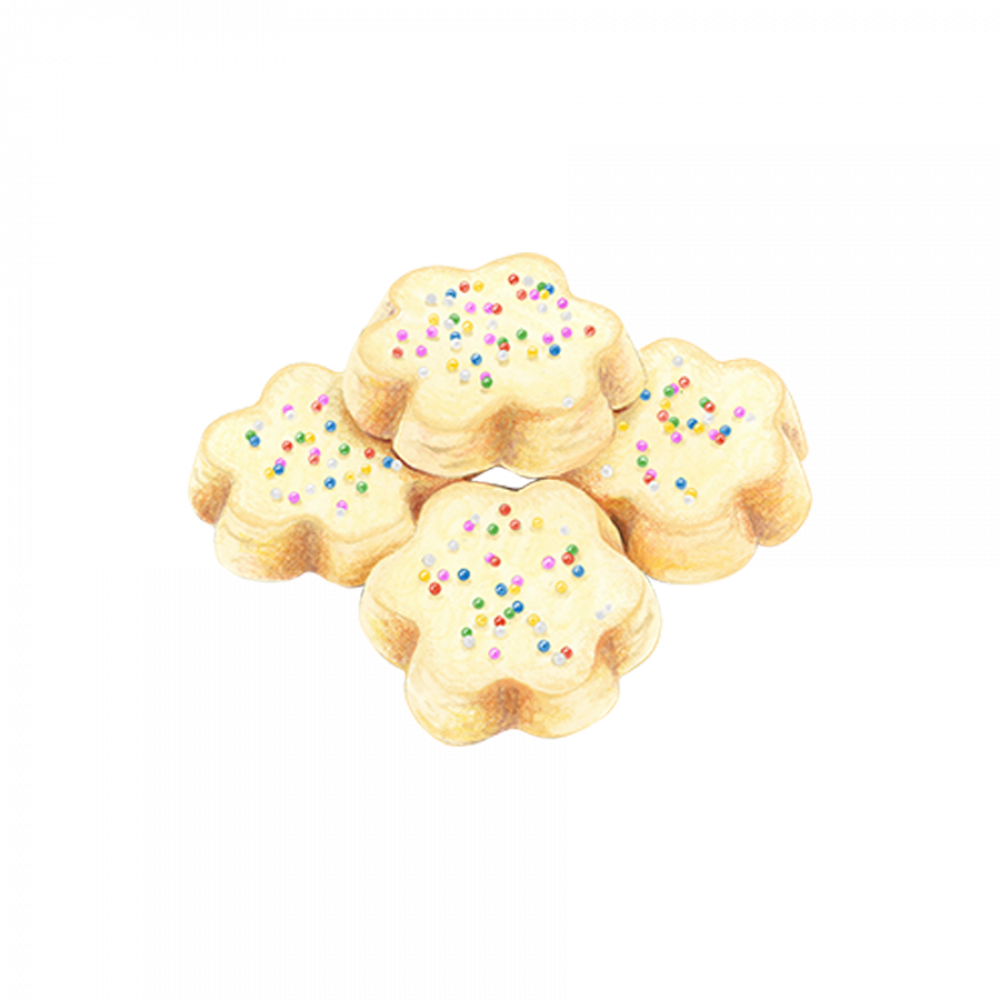
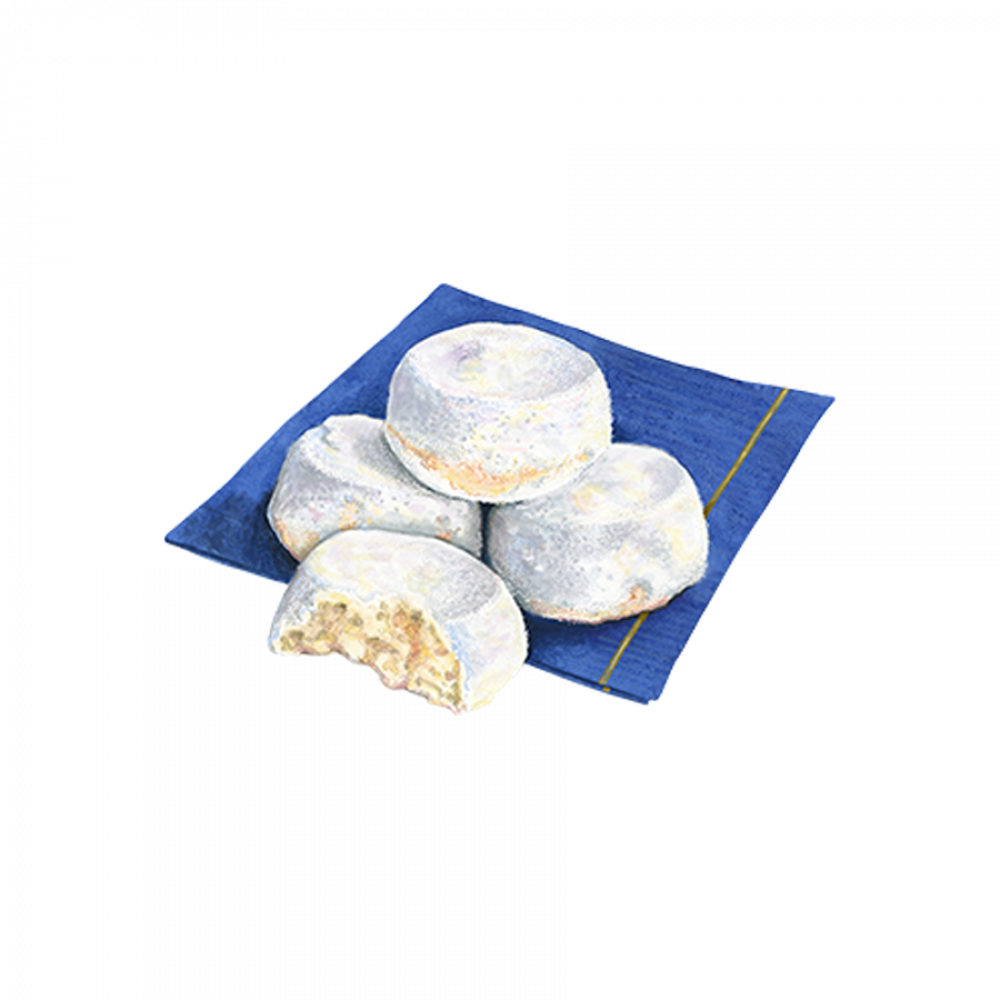
POLVORONES
In Spain, these tender, shortbread-like cookies—a traditional Christmas treat—get their snowy appearance from a dusting of powdered sugar (“polvo” means “dust” in Spanish). Also popular in Mexico—and often referred to as “Mexican wedding cookies” in the U.S.—polvorones also sometimes appear in an alternative form of multicolored triangular cookies topped with a sprinkling of granulated sugar.



